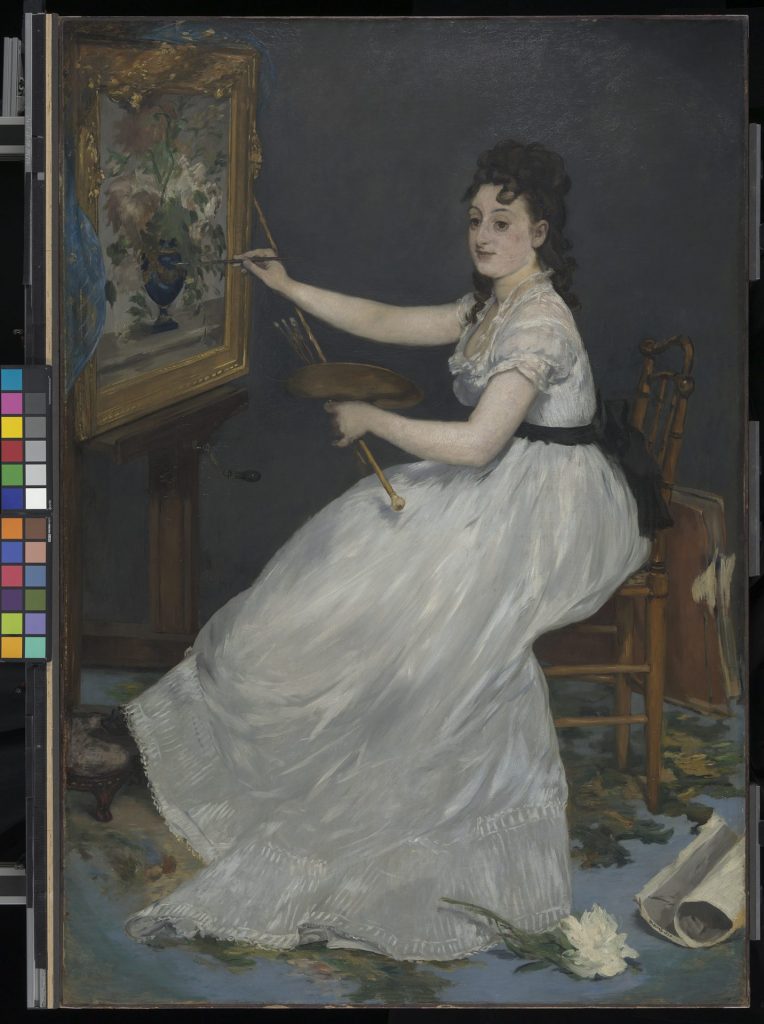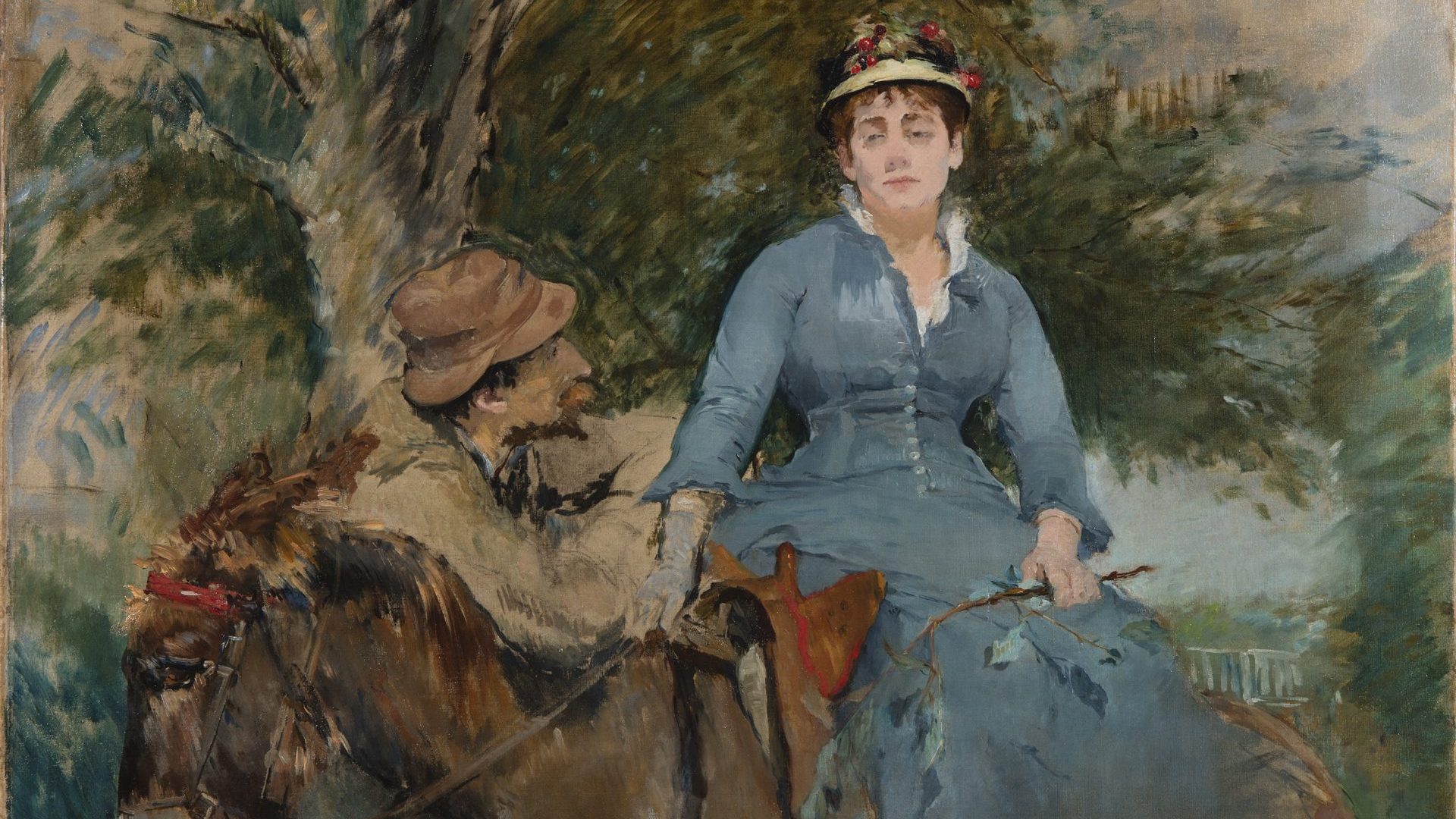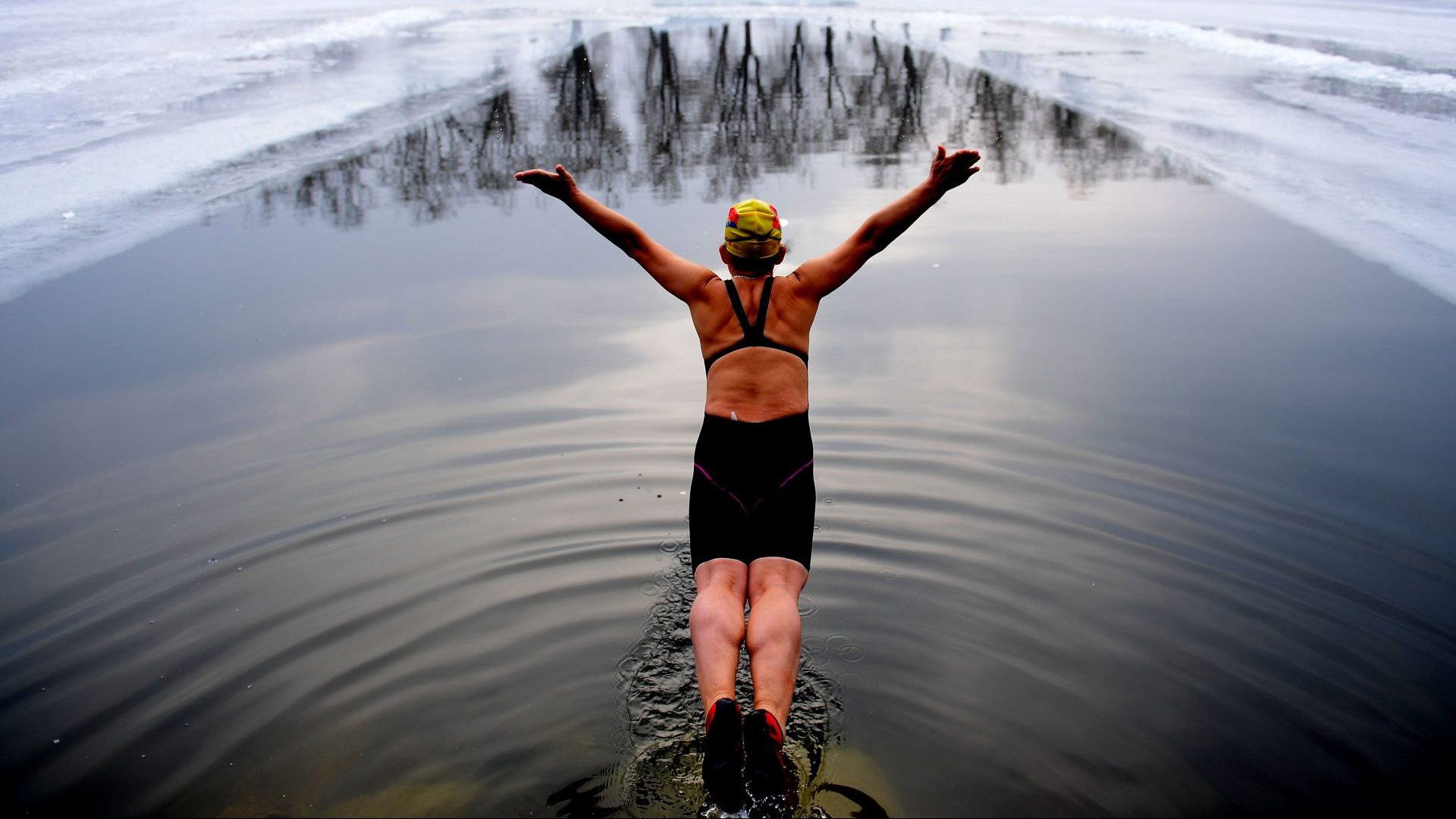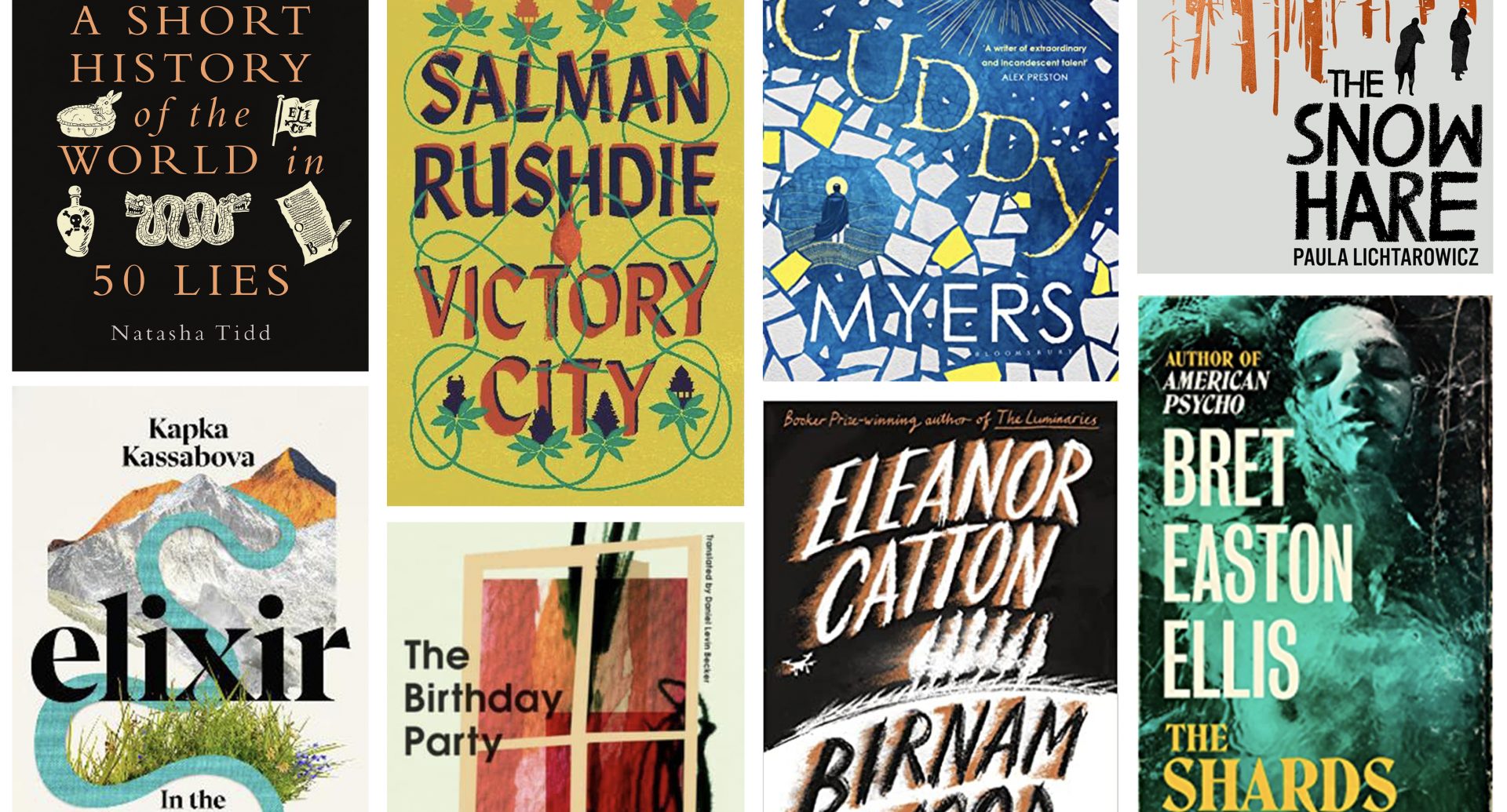In 1870 the French artist Édouard Manet ordered a huge white crinoline dress to be brought to his studio, where he was painting a portrait of his only student, Eva Gonzalès. The dress takes centre stage in his portrait of the young artist at work, painting an already framed bouquet of flowers. She is dressed less for a day in the studio than for an evening party. Her palette and paint-smeared brushes are dangerously close to the pristine sweep of glistening fabric.
Manet’s Portrait of Eva Gonzalès forms the centrepiece of Discover Manet and
Gonzalès, an exhibition in the National Gallery’s Sunley Room that closes this month, the first in a series of shows that focus on works from the gallery’s collection. Gonzalès is another overlooked female artist, and the
exhibition sits alongside a series of exhibitions, books and projects that have emerged recently across the cultural spectrum that have sought to rebalance the art historical canon by adding the names of more women.
Born in 1849, Gonzalès is one of the least familiar names of French 19th-century art, her work obscured by the dominating figures of Monet, Renoir,
Caillebotte, her teacher, Manet, as well as by female contemporaries including Berthe Morisot and Mary Cassatt. At the time, women were not permitted to enter the national art schools – the Ècole des Beaux-Arts actively excluded women until 1896. Women’s painting pursuits were largely tolerated as amateur parlour room accomplishments, restricted to genteel
portraiture, flower painting, and so-called “genre scenes” of everyday life. Gonzalès trained at the atelier of Charles Chaplin, one of the few private academies that accepted female students in Paris, before joining Manet in 1869.
This small, unusual show is simultaneously a fresh look at some of Manet’s possible Rococo references, the “largest” display of Gonzalès’s work in the UK and Ireland, and a small potted history of self-portraits by female artists from the 17th to the early 20th century. As a result, it seems unable to make up its mind whether to champion Gonzalès and her peers or to keep them in the shadow of the better-known male artist.
Manet’s portrait of Gonzalès appeared at the 1870 French Salon to a vitriolic reception: critics found the face waxen and overworked, the pose unconvincing. It has remained a tricky image, coming to exemplify the distance between the way female artists of the 19th century saw themselves and how they were stilled in images by the men who painted them. Which brings us back to the politics of that big white wedding cake of a dress. Manet followed Rococo conventions that depicted female artists as blithe, decorative and socially elite, the curating argues.
But Gonzalès’s 19th-century peers were throwing off the unthreatening femininity of crinoline and lace that earlier female painters had accepted
as the price of becoming an artist. Instead, they were depicting themselves in their working smocks, a declaration of their active profession as artists. Gwen John, the Welsh painter, is one example – her proud self-portrait sees her wearing a smock and adopting a pose that self-consciously alludes to Rembrandt.
Sadly, neither Gonzalès’s conception of herself nor her radicalism as a female artist in a man’s world comes across in this show. Gonzalès haunts the exhibition, seen only through the eyes of her teacher. William Orpen’s
painting Homage to Manet depicts Manet’s portrait of her hanging on the wall while, at a table in the foreground, men in suits discuss her image and Manet’s genius.

In this painting of the painting, Gonzalès is shown as painting flowers – but she was really working on a pert and accomplished depiction of a young male bugler that appeared, alongside Manet’s portrait, in that year’s Salon to wide acclaim. In contrast, her teacher’s efforts received only criticism. She had made a bold and radical move, upending a longstanding convention that women should not paint the male figure or depict military themes. And yet the exhibition doesn’t want to go into that.
What an opportunity this could have been. While boasting that this is the largest-ever display of Gonzalès’s work in the UK and Ireland, the number of
works by her stands at six. That is from an estimated total of 90 paintings and pastel drawings, many of which were shown after her early death in
childbirth in 1885, aged 34. At best, these scant images are talked about only in relation to Manet.
But Gonzalès’s work has a life all of its own that would more than warrant not only her own show, but a deeper scrutiny beyond the surface echoes of
Manet. Consider, for example, the lithium-heavy mood of The Indolence, a
portrait of Gonzalès’ sister, Jeanne, seated listlessly at a window. The work
was appreciated in its time by Émile Zola, who praised the painting for its
atmosphere, comparing the sitter to a virgin from a stained-glass window.
But there is so much more to say. Gonzalès seems to lift the veil of polite
bourgeois femininity to reveal a melancholy longing, an existential
detachment. Perched on the window sill, Jeanne, who was also an art
student, echoes the green parrot on top of his cage, both of them prisoners
within their domestic setting, unchained and yet not free. A similar expression of painful resignation is etched on the face of the female model
in The Donkey Ride. One of the most significant limitations for female artists in the 19th century was their lack of freedom to roam the city unaccompanied, a restriction that shut them off from the bustling theatre of
modern life their male peers were committing to canvas. Jeanne at Her Easel, Dieppe is a sketch of the artist’s sister, seated and with her easel propped up against a moonlit window, the pretty pink day dress exchanged for a utilitarian smock, contemplating a somewhat out-of-reach world.
But there is at least one concession to Gonzalès’s radicalism here with the
inclusion of her masterwork, A Box at the Théâtre des Italiens. Rejected from
the Salon of 1874, the image depicts a young woman dressed in blue, leaning
over the edge of the theatre box, casually holding a pair of binoculars, while her companion glances beyond the field of the painting – not at the stage but presumably at the bustle of other spectators in the auditorium. The work is now thought to be the first painted depiction of the social dynamics of seeing and being seen, of the theatre audience itself as much a part of the spectacle of 19th-century bourgeois urban life as the actors on the stage. Gonzalès’s feminist critiques and interventions can be glimpsed here even if they are not teased out enough by the show. How brilliant it would have been to include her studies of women reading; whether furtively while pretending to practise the piano, such as in her canvas Secretly, or languidly yet fully dressed surrounded by nature in Reading in the Forest.
Perhaps the half-heartedness of the attention to Gonzalès here would go unnoticed in other institutions, but for the National Gallery to enter any
conversation about female artists risks opening a can of worms. Here, the
numbers speak baldly for themselves: in a collection of roughly 2,300 works,
only 21 are by women, and in its almost 200-year history, the gallery has only ever once devoted a full-scale solo exhibition to a female artist – the Artemisia Gentileschi show in 2020.
There are no plans in place for a similar show. This reflects a curious lack of interest in the public appetite for work by female artists, which is in stark contrast to our European neighbours who are restoring the missing women of art history and bringing them to wider attention. In 2017 the Uffizi Gallery in Florence committed to showing work by pre-modern women once a year. Last year the opening exhibition after Covid at the Prado in Madrid scrutinised its own role in excluding women from the art establishment, and next spring the National Gallery of Ireland will host an exhibition on the 16th-century renaissance painter Lavinia Fontana.
While those within the culture sector grumble knowingly about the National Gallery’s poor record on institutional sexism, it’s a conversation that has now emerged into the public sphere. In November of this year, the campaign group Art For All By All, with the support of Janet Daby, MP for Lewisham East, hosted a drop-in event for MPs and peers at Westminster calling for the culture department to ensure that art curators address gross inequalities in our public galleries if they are in receipt of public money.
“The gallery owns more paintings of women being raped than paintings by
women artists,” said Anita Houghton, who founded the group.
That Gonzalès was a touchstone for female artists less than a century later is clear from a “blink-and-you’ll-miss-it” object at the exhibition’s exit. It’s a photograph of a postcard sent by the American artist Helen Frankenthaler to her fellow abstract-expressionist artist Grace Hartigan in 1961. In it, she writes: “Mlle Eva Gonzalès should see us now!” We can only wonder that if Gonzalès could see the National Gallery now, she may be less than impressed at how little the artistic conventions, against which she pushed, have changed.
Catherine McCormack is the author of Women in the Picture: Women, Art and the Power of Looking and teaches art history at Sotheby’s Institute and the University of Oxford



